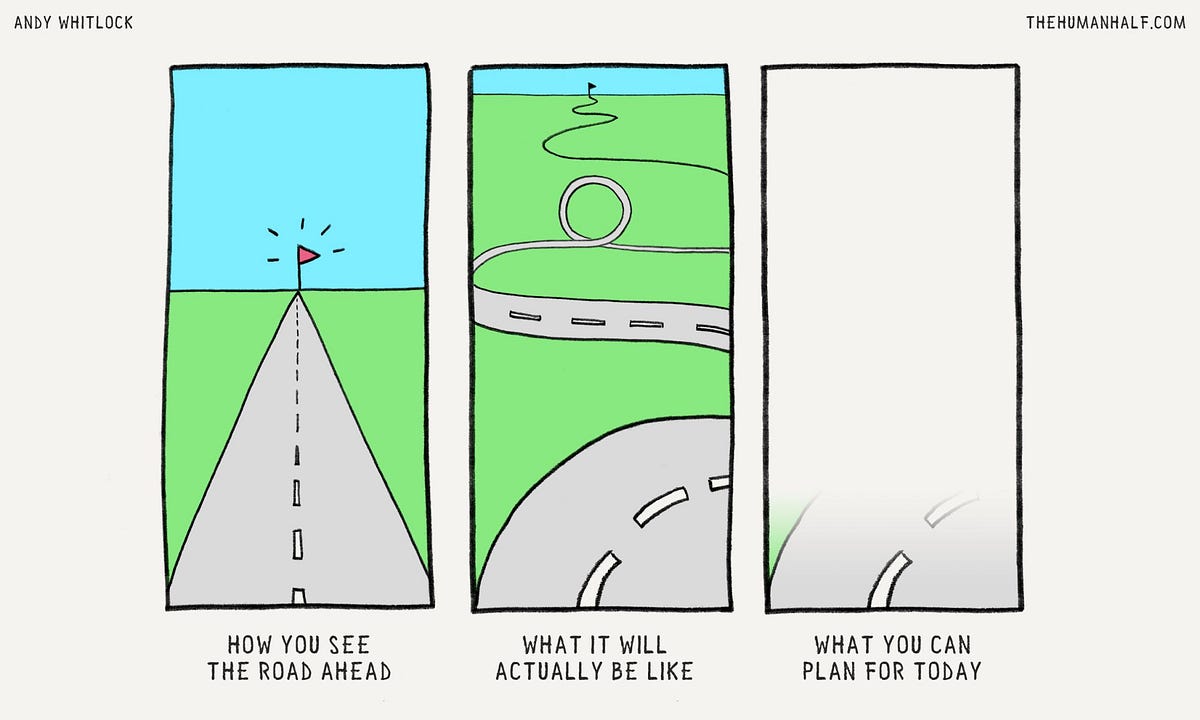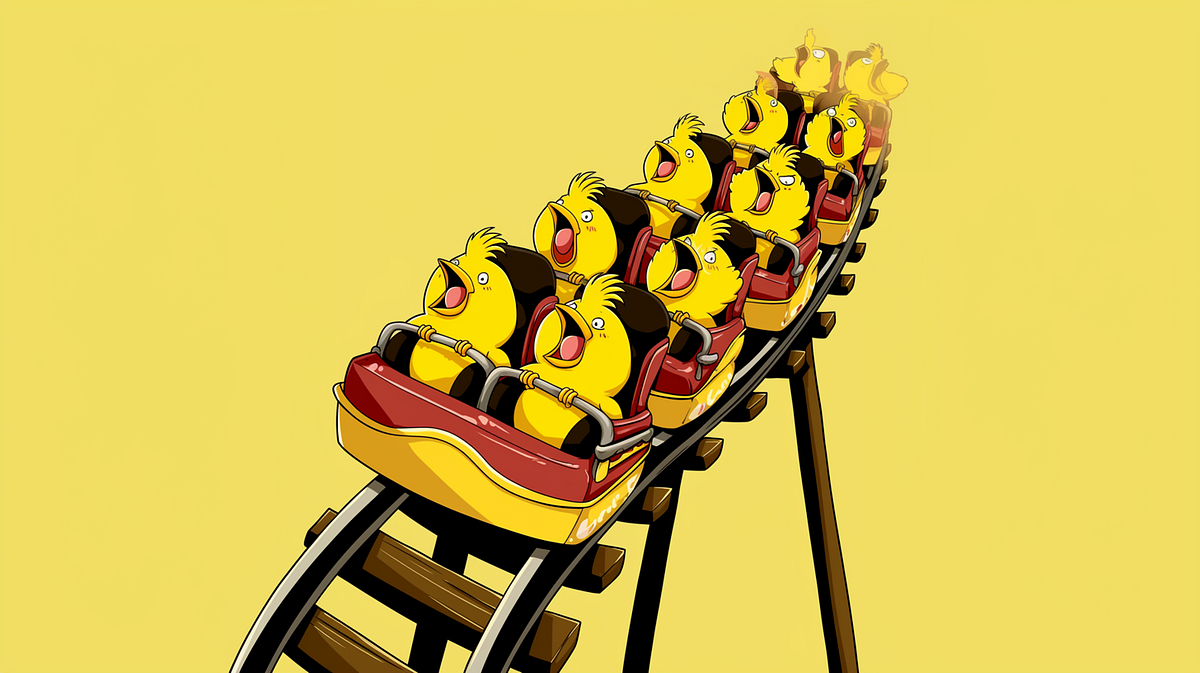
Our work should never be just about our tools. It’s about the thinking behind them. Much of the GenAI debate has focused on whether and how well the tool “works” and what or who it can or can’t replace. But recently, I’ve been thinking more about its impact on how we think. And I suspect this question will only become more important as AI works better — or at least seems to.
Technology revolutions are always a double-edged sword. They bring leaps forward but come at a price. Our foundational myths make this clear: Prometheus gave humanity fire, but his punishment was eternal suffering. Pandora got all of the gods’ gifts and a box that unleashed chaos on the world. The forbidden fruit gave Adam and Eve knowledge — but at the cost of innocence and paradise lost. The lesson is old: power and progress always have trade-offs.
The tools that shape us
One of the core reasons for this dynamic is simple: we shape our tools, and in return, they shape us. Often in unexpected ways. Media theorist Marshall McLuhan famously explored this idea, though the oft-cited quote “We shape our tools, and thereafter our tools shape us” was actually a later paraphrase of his work. The idea, however, holds — every major technological shift alters not just how we work, but how we think.
This reminds me of a favourite quote (edited for brevity) from Neil Postman, who in Amusing Ourselves to Death (1985), argued:
“Tools hint at a form of thinking. Nature doesn’t speak, we talk about it, in any way we can. We see only our discourse about the world, this is our means of communication, the means are our metaphors and our metaphors create the content of our culture.”
When I first read Postman in my 20s, while deeply in love with the emerging web, I wondered what he’d say about the Internet, and found him fascinating but a bit of an alarmist. I was wrong. While he was warning about the impact of television (as form, not content), many of his fears proved accurate and apply to our world today: politics became entertainment, news became infotainment, and serious discourse struggled to survive in an attention economy.
Continue reading




